For most manufacturers, labor tracking still feels like a disconnected process. Time clocks sit in one system, job data lives in another, and payroll has to piece it all together later.
This creates real challenges:
- Inaccurate or incomplete time records
- Duplicate data entry across systems
- Difficulty reconciling labor time with actual production
- Limited visibility into operator attendance and coverage
- Manual processes that slow down payroll and create compliance risk
MachineMetrics Clock In/Clock Out functionality was built to solve this by integrating time tracking directly into the production workflow.
Whether operators are logging in at the start of their shift or supervisors are reviewing labor coverage in real time, this feature brings clarity, simplicity, and accuracy to one of the most essential aspects of managing a shop floor: knowing who’s working, when, and on what.
A Seamless Time Tracking Experience
Clock In/Clock Out isn’t just another time clock. It’s a unified labor tracking system, built directly into MachineMetrics production environment as part of real-time job tracking. It gives teams a complete picture of how labor hours translate into production performance.
How It Works:
- Unified Interface: Operators clock in and launch jobs from the same screen—reducing friction and increasing accuracy.
- Bi-Directional ERP Integration: Time punches and job data sync seamlessly with ERP systems like Epicor Kinetic and Infor Visual.
- Automated Reconciliation: At clock-out, the system prompts operators to close any open labor tickets to ensure nothing gets missed.
- Validation & Compliance: Built-in rules check for anomalies (like missing punches) and maintain a full audit trail for labor compliance.
- Time Duration Tracking: Shift time is automatically calculated and available for reporting and payroll.
Rutherford Wilson, CPO, shares the Clock In/Clock Out functionality during a recent webinar:
Kiosk Mode: Lightweight and Operator-Friendly
Some teams prefer a shared terminal for time tracking. That’s why we created Kiosk Mode—a touch-optimized, standalone interface designed for speed and simplicity.
- Works on Shared Devices: Ideal for shop floor entry points or break rooms
- Touch-Optimized UI: Large buttons and clear navigation minimize training
- Flexible Authentication: Badge scan, PIN, or login—whatever works for your team
- Shift Awareness: Automatically aligns time tracking with active shift schedules
- Minimal Setup: Can be deployed in minutes on existing hardware
For Everyone Who Depends on Labor Accuracy
This isn’t just a feature for HR. It’s a capability that delivers value across the business:
- Plant Managers get a real-time view of labor availability and cost alignment.
- Supervisors can see at a glance who’s clocked in and where coverage may be lacking.
- HR and Payroll Teams spend less time reconciling errors or chasing down missing punches.
- Finance gets more accurate labor costing—tied directly to actual production.
- Compliance Officers have full traceability, including timestamped audit trails.
- Operators get one system that handles everything—time tracking, job selection, and production updates.
Faster Setup, Smarter Data
Unlike traditional time clock systems or complex ERP customizations, MachineMetrics Clock In/Clock Out is designed for rapid deployment and seamless use:
- Pre-built ERP connectors
- Real-time syncing with production jobs
- Configurable business rules for overtime, exceptions, and shift alignment
- Custom export templates for integration with payroll systems
- Intuitive reporting on attendance, shift duration, and more
From Timekeeping to Labor Intelligence
This feature doesn’t just track time - it connects labor to production.
Instead of relying on spreadsheets, manual reconciliation, or standalone terminals, manufacturers using MachineMetrics gain a unified view of:
- Who’s on shift
- What they’re working on
- How labor time aligns with production output
- Where gaps exist that impact cost, delivery, and throughput
- It’s not just about better punches—it’s about better decisions.
Labor is likely your biggest costs. It should never be your biggest blind spot.
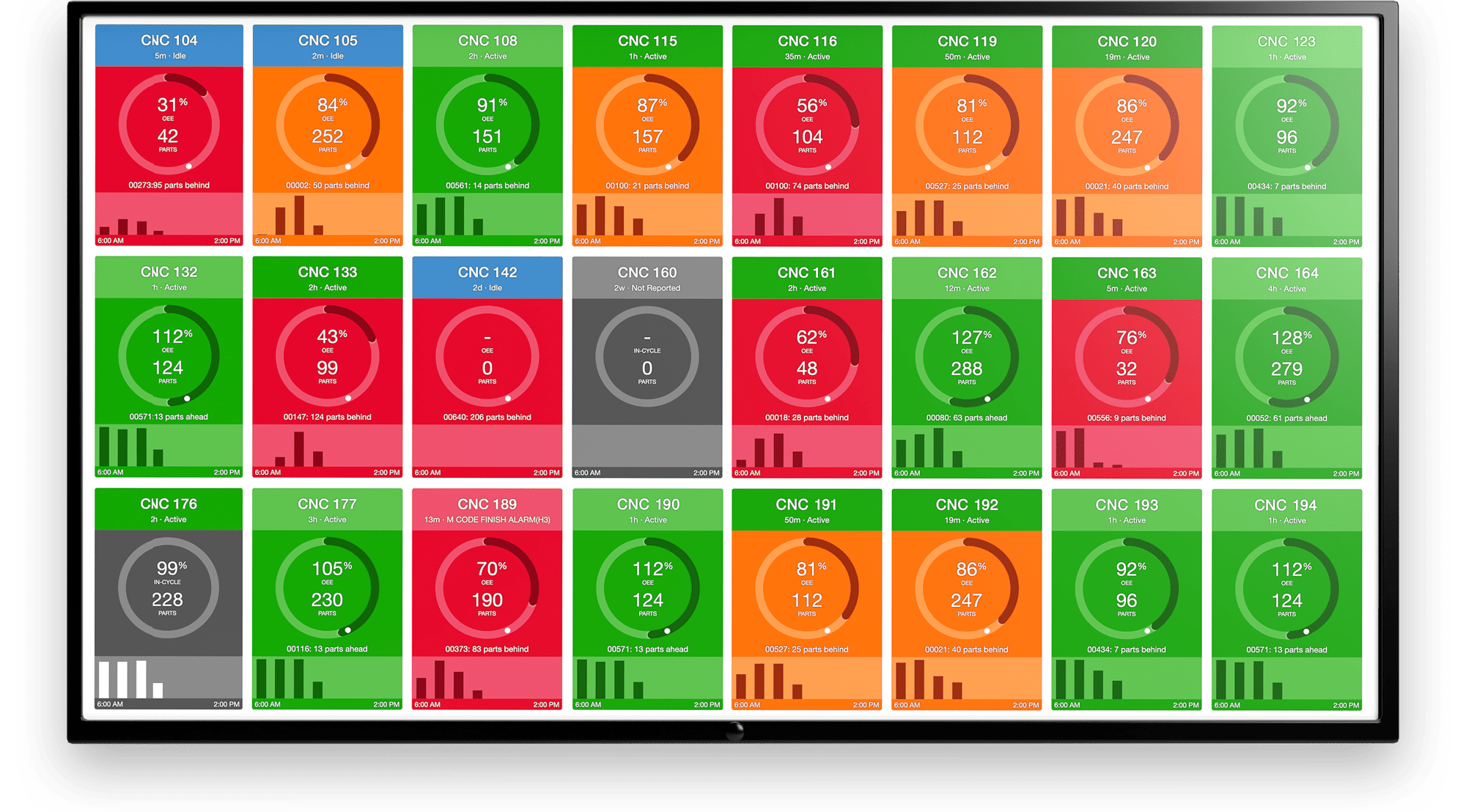
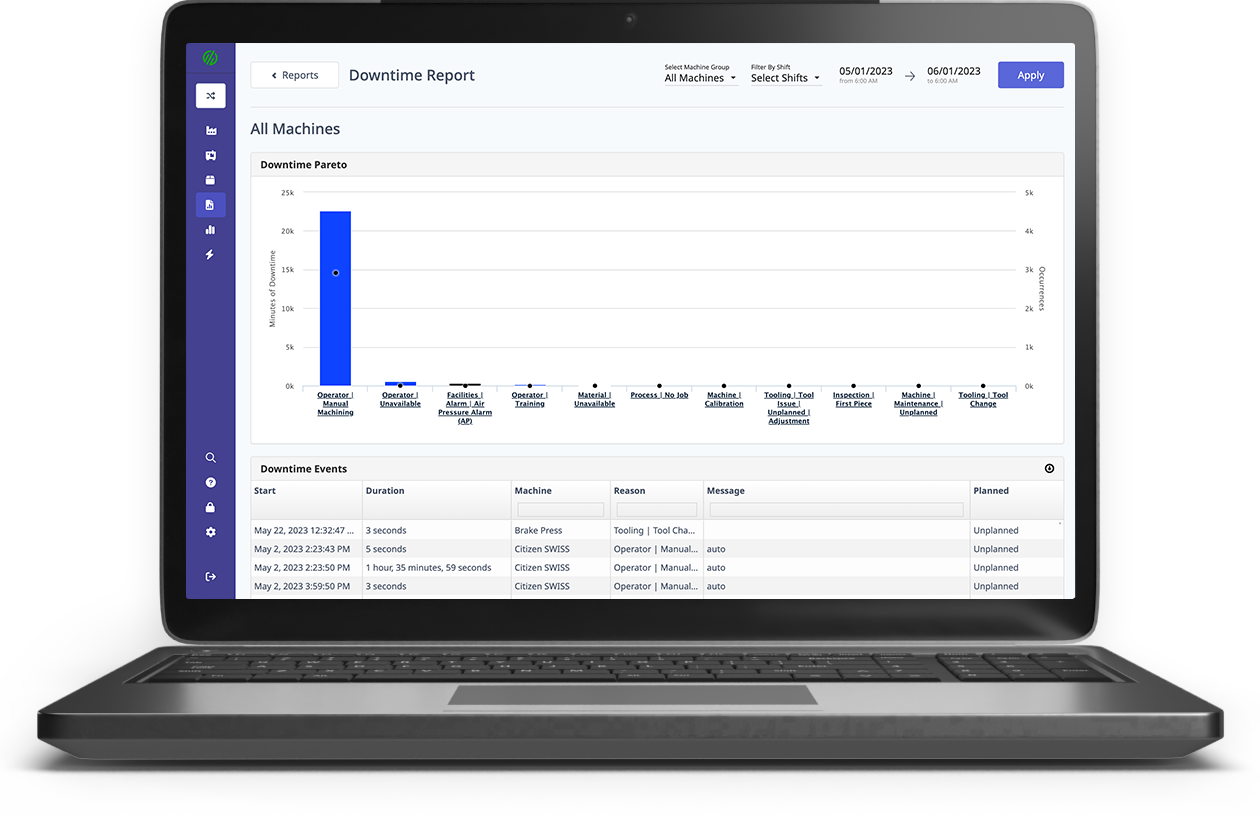
.png?width=1960&height=1300&name=01_comp_Downtime-%26-Quality_laptop%20(1).png)

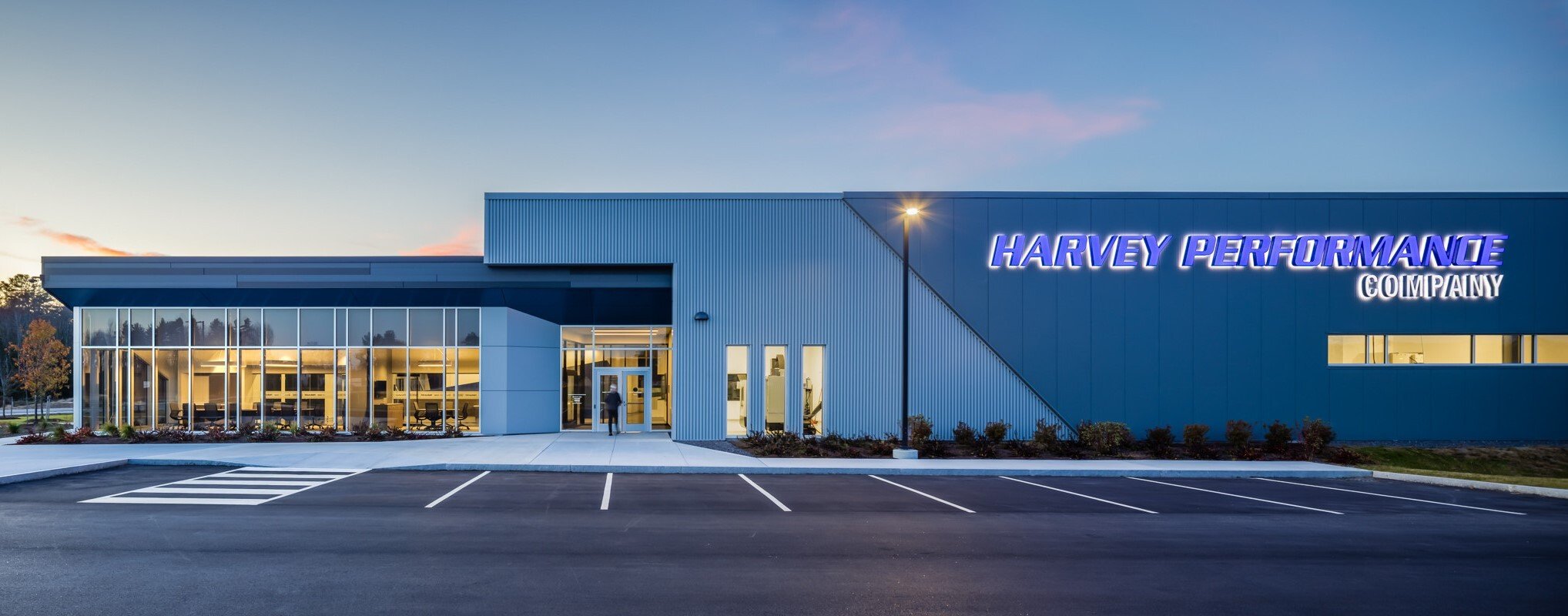
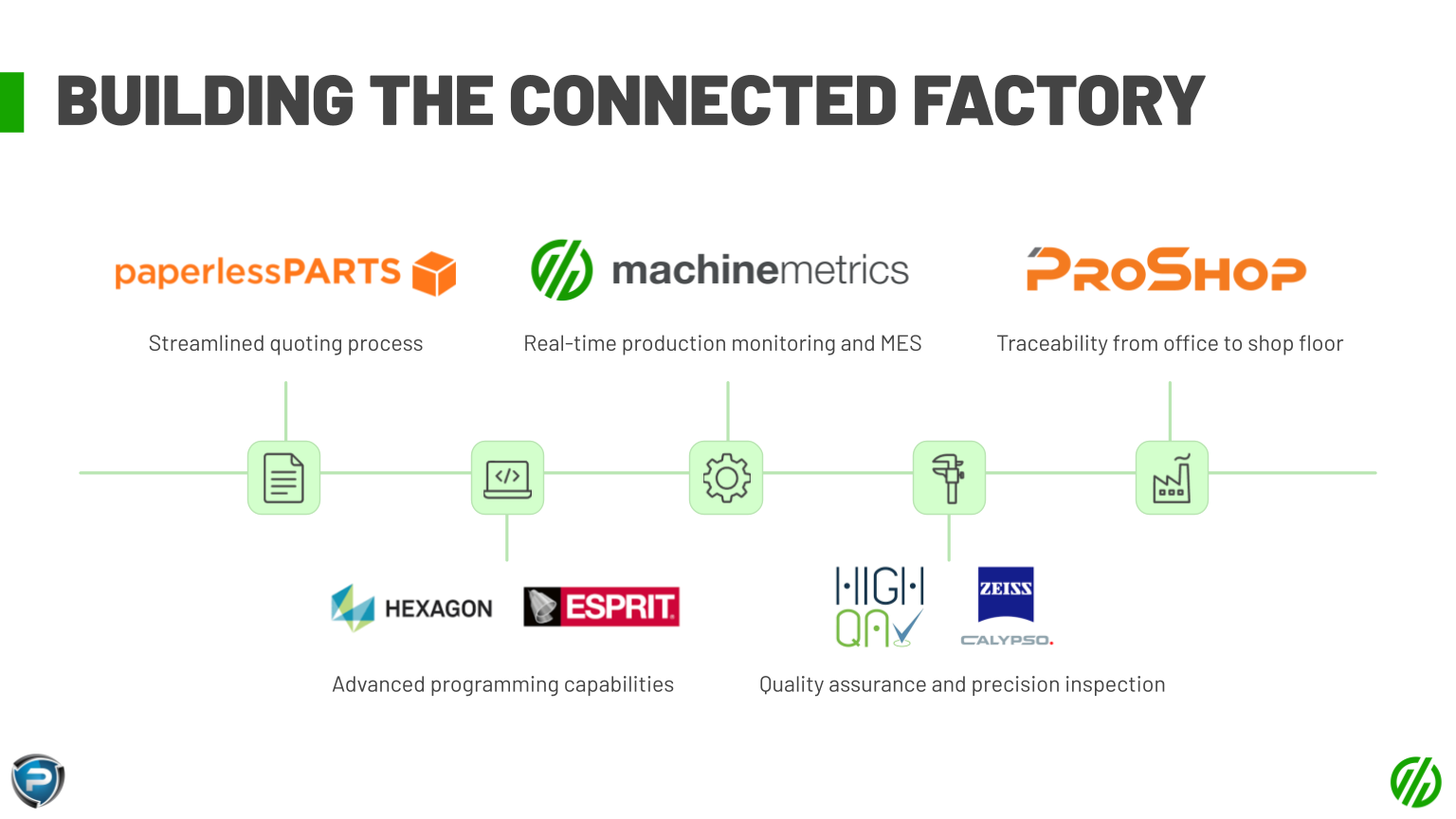
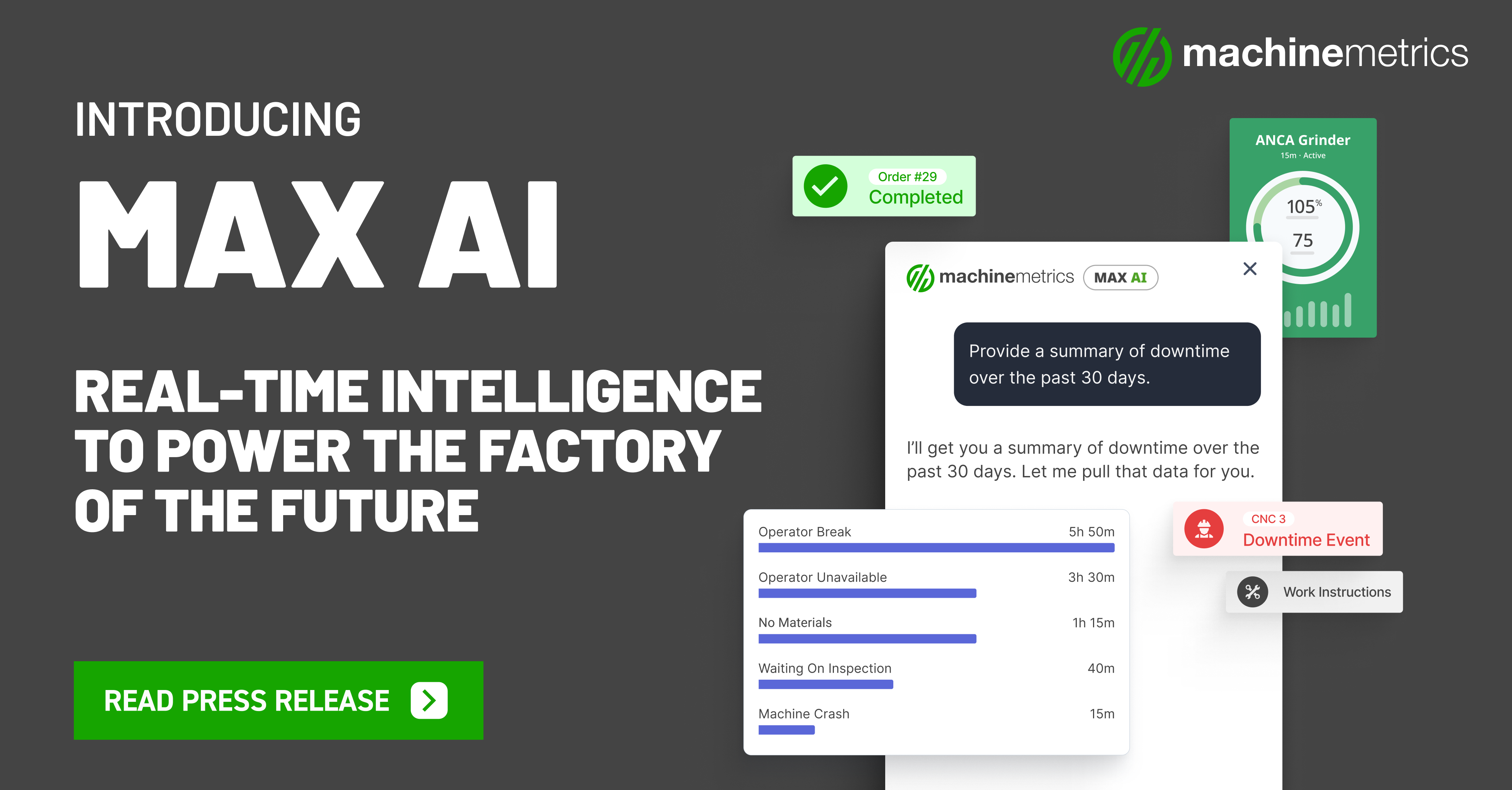
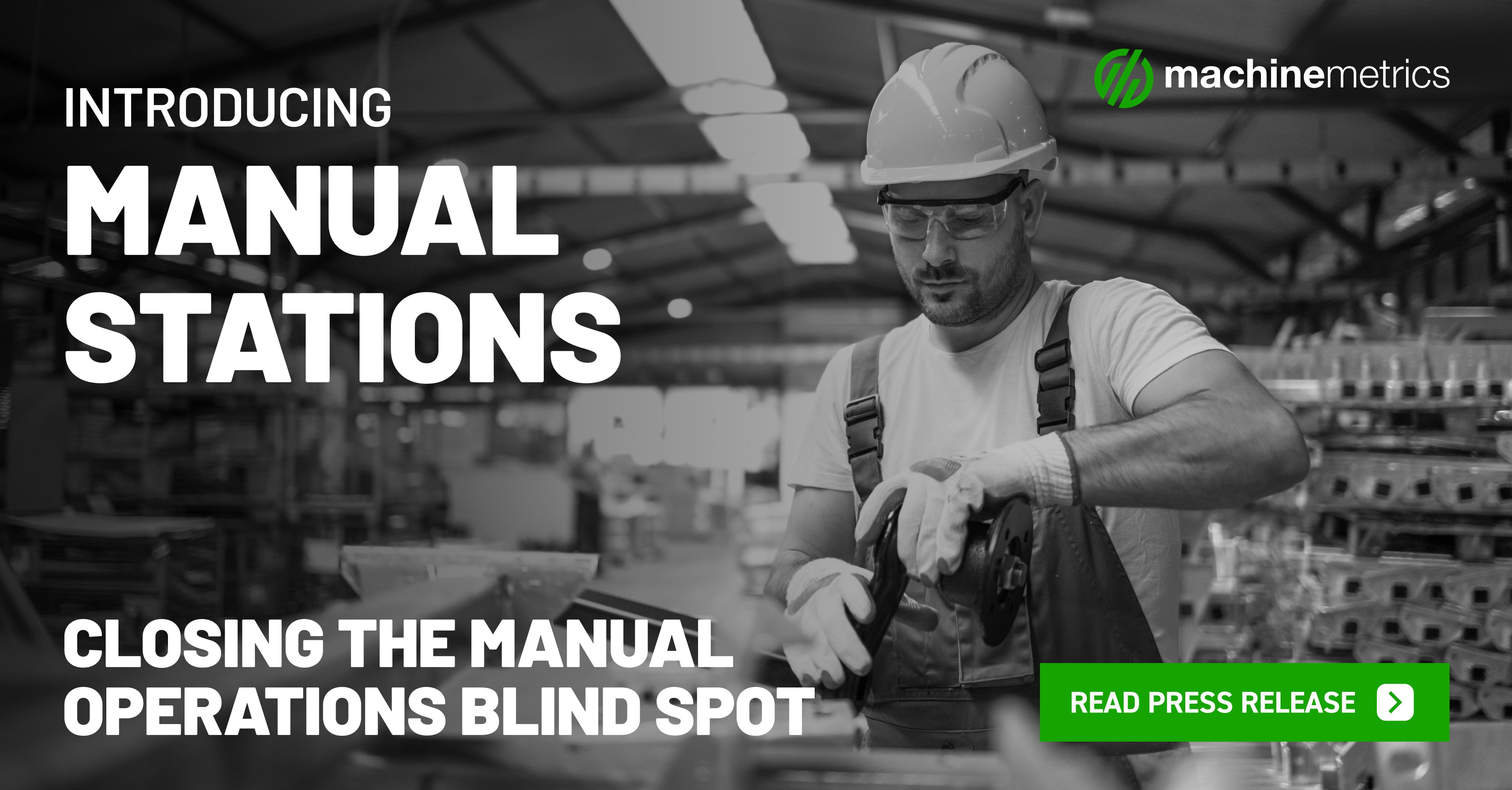
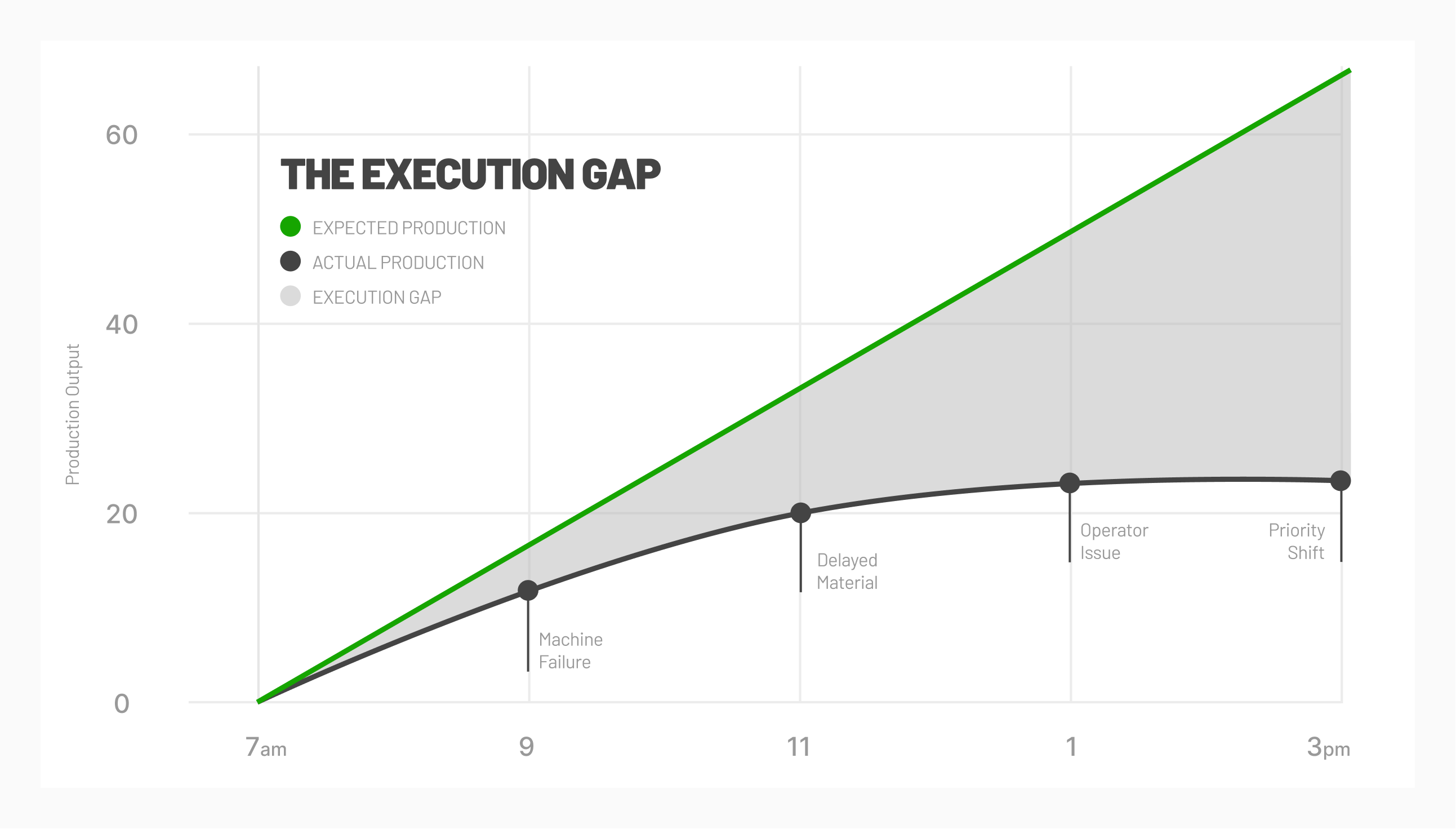

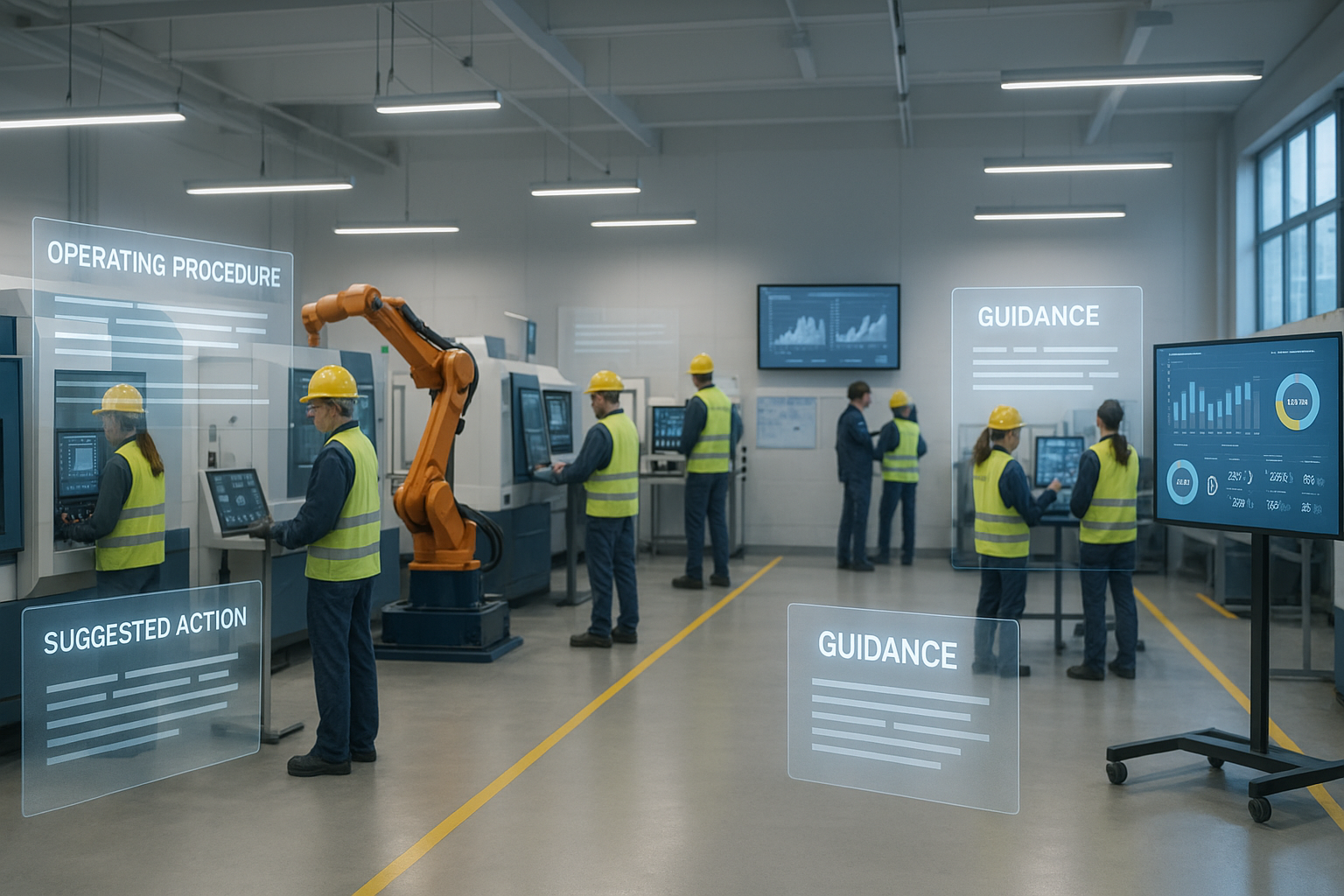

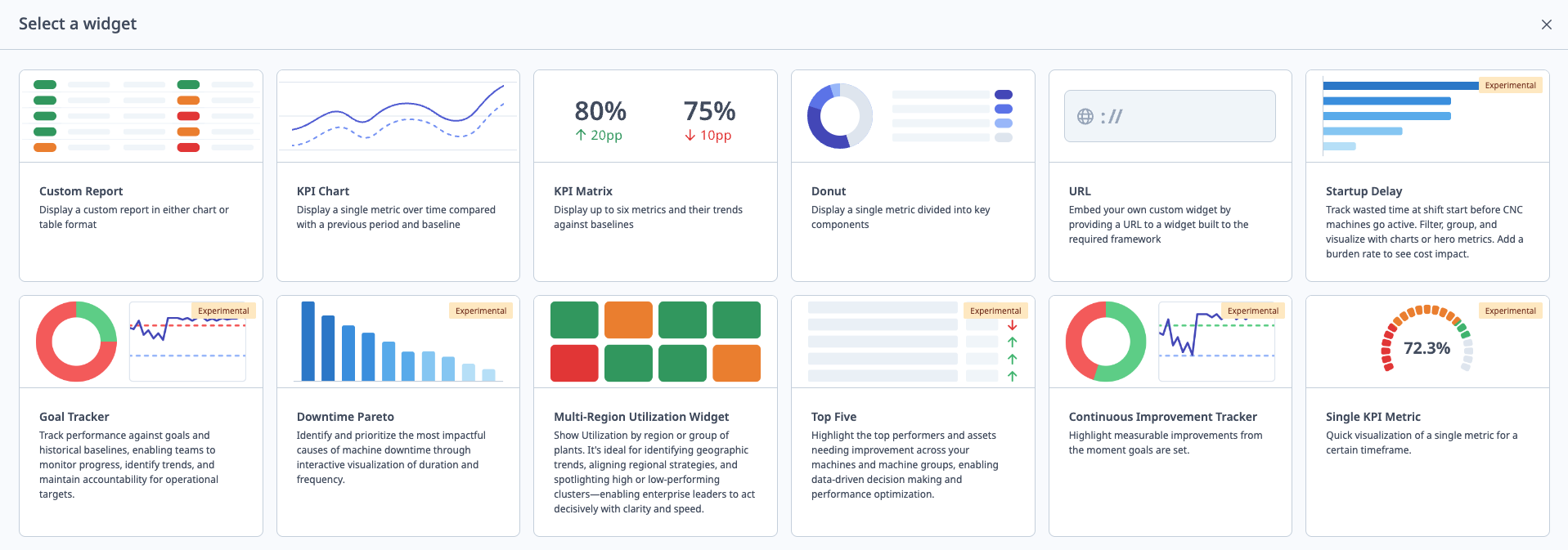
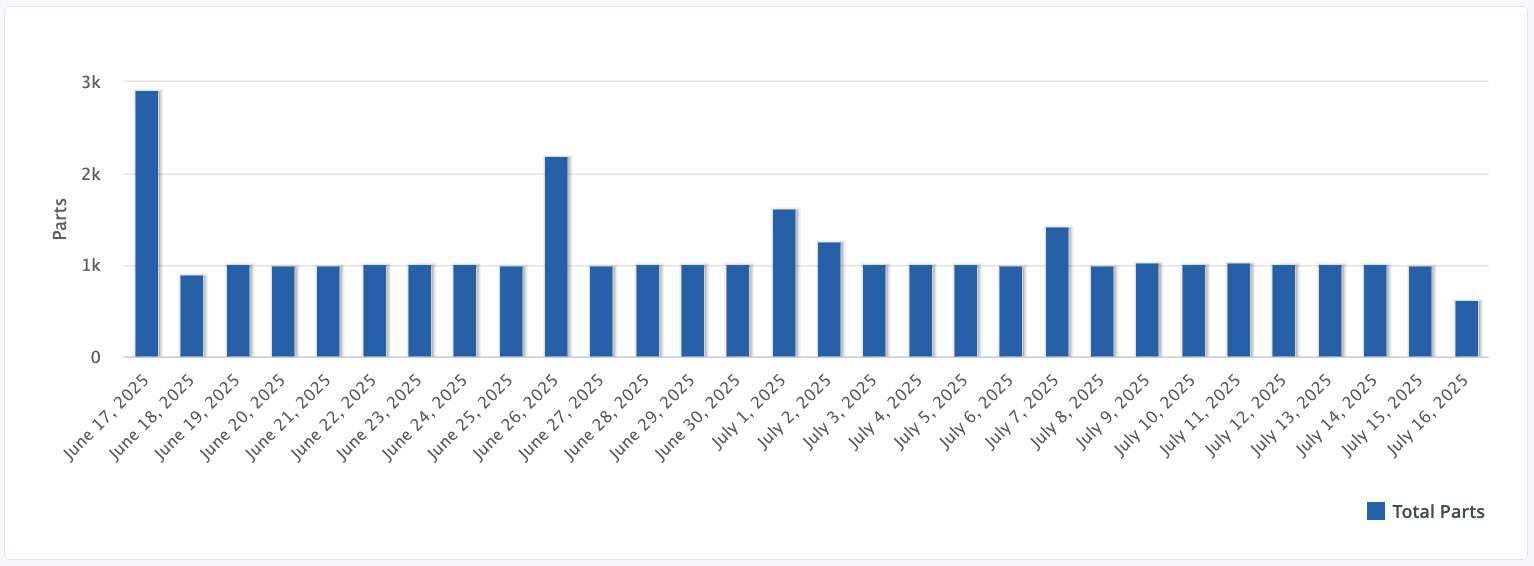
Comments